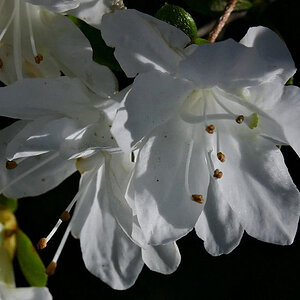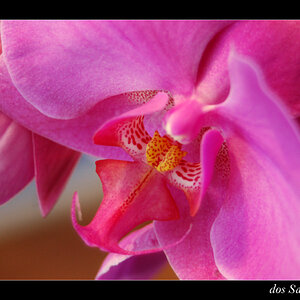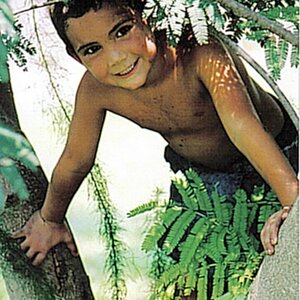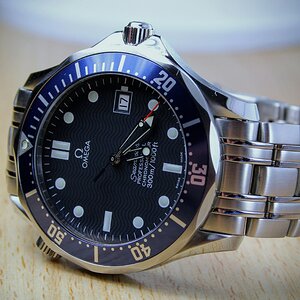I found 3 carton packages in a big trash can near my house. Each package has a chrome coloured plate about 30x40 cm in size, which has two holes punched into the corners of one long side.
The label on the carton folder reads:
Dia Ferro-Type Plate
hard chrome
kashimura co., ltd
I found out Kashimura is a company businessing in print & visuals, but what is a ferrotype plate and what is it used for?
The label on the carton folder reads:
Dia Ferro-Type Plate
hard chrome
kashimura co., ltd
I found out Kashimura is a company businessing in print & visuals, but what is a ferrotype plate and what is it used for?


![[No title]](/data/xfmg/thumbnail/42/42021-ffc326f5dc5b4c65ce53935e6e9e4338.jpg?1619739980)
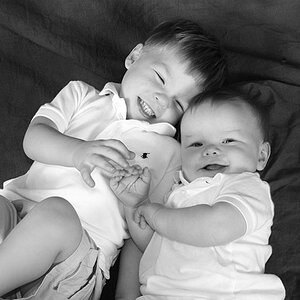
![[No title]](/data/xfmg/thumbnail/31/31753-281132967af6a422c89bcc0d6f16499a.jpg?1619734991)
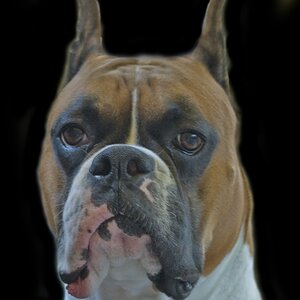
![[No title]](/data/xfmg/thumbnail/39/39498-362f11d9bfd0d9e222faa85b38801745.jpg?1619739056)


![[No title]](/data/xfmg/thumbnail/42/42326-1e75ade9716f7e863d85def8d13cf591.jpg?1619740127)
